
If your nonprofit organization has very few employees, you are not alone. According to the Nonprofit Finance Fund Report Small Nonprofits Solving Big Problems, “There are over 1.5 million nonprofits in the United States. Of those, three-quarters (almost 1.2 million) have annual budgets under $1 million, and most are even smaller.” This means that most nonprofits have a small but mighty number of staff members with many nonprofits having only a sole employee.
If you are a small nonprofit I know that you rely heavily on volunteers to help execute fundraising events. The success of the evening can hinge on the effectiveness of the volunteers. Ensuring that your volunteers know what to expect, what to wear, and how to do the job you expect them to do, will not only help the evening run as smoothly as possible, but ensure a great experience for those most loyal and dedicated to your organization.
Based on the thousands of charity auctions that I have conducted over the years, I have come up with a short checklist of six things that will ensure you get the most out of the volunteers at your next nonprofit fundraising event.
1. Create Job Titles and Descriptions for Each Volunteer Position
Take the time to create job titles and descriptions for each volunteer position well before the event takes place. This does two things. First, it ensures that each volunteer knows what their job is and what is expected of them. Second, it forces you to figure out what exactly you need your volunteers to do. Writing out job titles and descriptions will help you notice any gaps in your coverage, or tasks left unassigned. This also gives both parties a clear, written outline of what is expected.
One of the worst things that I have ever experienced at a charity auction was a group of ten volunteers drunk as skunks and causing a scene. Why did this happen? Why did the volunteers end up drinking like fish and causing problems? When they arrived at the charity gala they were not told what their job duties were for the evening. The staff member in charge of volunteers had recruited a lovely group of ladies from a local college to volunteer that evening. However, the staff member failed to assign each of these ladies a job to perform for the night. Thus, we were left with a group of college ladies who felt bored, awkward, and out of place. Of course they hit the bar - they didn’t know what else to do! By the time the staff member realized that their volunteers weren’t doing anything other than drinking, it was too late.
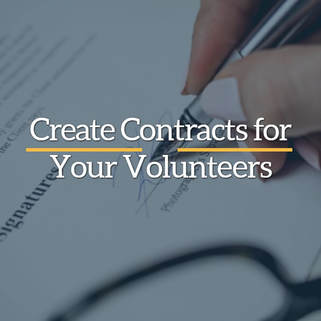
After you create job titles and descriptions for each position you need to fill, make sure to write up a volunteer contract for each volunteer. These can be short and sweet, but they should include a list of what is expected in terms of shift length, required clothing, and a list of potential volunteer jobs that will be available that evening. Send this out to each volunteer in advance so they are aware of what to expect.
See my story above about the drunk volunteers. If you would prefer that your volunteers abstain from drinking, write this into the contract. The sky's the limit when crafting these contracts, just remember you don’t want to scare volunteers away from donating their precious time to your organization. This contract should be revised/updated each and every year, prior to your charity auction. This will help you get the best results from your charity auction volunteers.
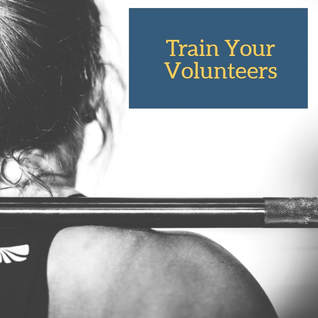
Provide training for each volunteer job title - in advance, online. Don’t wait until the day of the event to train your volunteers. Providing the training in advance allows your volunteers the time they need to absorb the information and to ask any questions that may come to mind, either during or after the training. Make sure all your volunteers know what they are doing. Break it down as simply as possible. Train everyone at once as well, chat programs like Bluejeans, Google Hangouts, and Skype are great for this. Take everyone’s questions at once, at the end of the training. This saves everyone time and gets everyone on the same page.
You cannot train volunteers on the day of your charity auction. Trust me. I have tried and failed. I have watched major event planners try and fail. Nonprofit staff always fail because they are usually being pulling in too many directions at once. I have learned from my mistakes and years in the fundraising industry that the best volunteers are always trained in advance. If you don’t have the time to do multiple live webinars, try pre-recording training videos either with a video camera, or via Facebook Live or YouTube Live. In this way you can create on demand training for your volunteers to consume at their leisure before the evening.
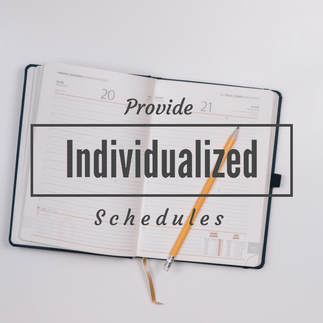
On the day of the event, give each volunteer an individualized schedule of what they will do, where they are supposed to be, and how to do their job. Make it as easy for them, and you, as possible. This way everyone knows what they are supposed to do and when they are supposed to do it.
If I had a dollar for every time I saw volunteers just standing around looking bored or confused, I could retire. Volunteers are looking to provide your nonprofit organization with their skills and their time and it is shame when these invaluable resources are wasted. It is also offensive to the volunteer, as it shows that your organization does not value them or their time. I used to help nonprofits recruit volunteers through my personal connections as a fundraising auctioneer, but I stopped offering that service long ago. It was frustrating to hear people I knew complain about how they were treated as a volunteer, but I understood where they were coming from. I watched as time after time, volunteers arrived with high spirits and high hopes of a meaningful and productive volunteer experience and leave discouraged, frustrated and mad at the nonprofit organization for wasting their time.
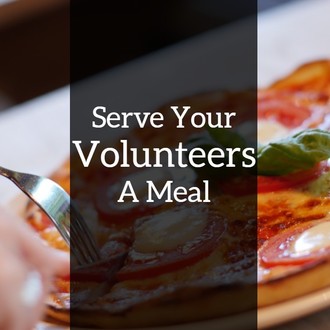
At some point during the evening, provide your volunteers with a meal. And make sure that it is a good meal, something appropriate given that they are donating their time to your organization. Provide them a separate room in which to eat this meal and enjoy a little break from the evening. This is important for a couple of reasons. It allows your volunteers to remove themselves from the evening and gives them a chance to recharge. It also keeps all the tables at the event open for potential donors.
When I work with my nonprofit clients I provide a deep level of consulting as part of my services. One of the biggest pieces of push-back I get during my consulting period with the board, committee, or staff is about how and when to feed volunteers. It is one of my most detested conversations and I consider it a huge waste of time. If I could, I would shout from the rooftops that volunteers should not be seated at the event. Seating your volunteers at the event does a few things that are not beneficial to your organization or your fundraising goals:
- You are adding to your event costs by renting another table (or two) plus linens, plates, dishes etc. Each meal they eat takes away from the net income of your event.
- Volunteers tend to drink heavily as the event is essentially “free” to them.
- Volunteers can be louder and not as focused on the program and fundraising goals. They donated an hour or two of their time and got a free night on the town, why should they pay attention when they can have fun on your organization’s dime.
- It looks bad to sponsors and donors. Sponsors, board members, and major donors spend big money to get their own table. If they can get the same treatment for free, why would they continue to sponsor your event? There needs to be some differentiation between donors/sponsors and volunteers and seating them in the same room does not accomplish that goal.
- Many nonprofits are afraid of offending their volunteers by telling them they need to eat in another room. The simple fix for this is, if they are interested in sitting for the program in the main dining area, offer them an opportunity to purchase a ticket at a discounted rate, that covers the costs of food, service, and all your rentals.
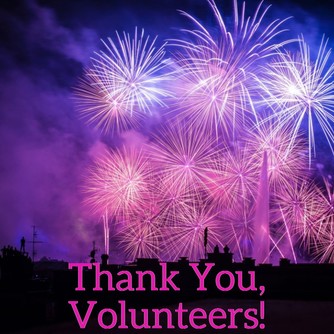
It should go without saying, but just as you follow up with each event attendee you should take the time to follow up with each event volunteer. This can be done by email, a phone call, or an old-fashioned letter. Thank them for donating their time to your nonprofit organization and tell them how much you appreciate their help. This is an incredibly important step that encourages your volunteers to remember the experience positively and want to come back next year. Maybe they’ll even bring their friends!
Most volunteers are the biggest supporters, proponents, and cheerleaders of your nonprofit organization. Making them feel great about their experience helps ensure a long, mutually beneficial relationship. After a charity or Fund-A-Need auction most nonprofits focus their energy solely on their donors and sponsors. Many forget that it takes more than just donations to make an event successful. Be sure to take time the week after the event to either write a handwritten note or make a personal phone call to each volunteer to let them know that they were appreciated.

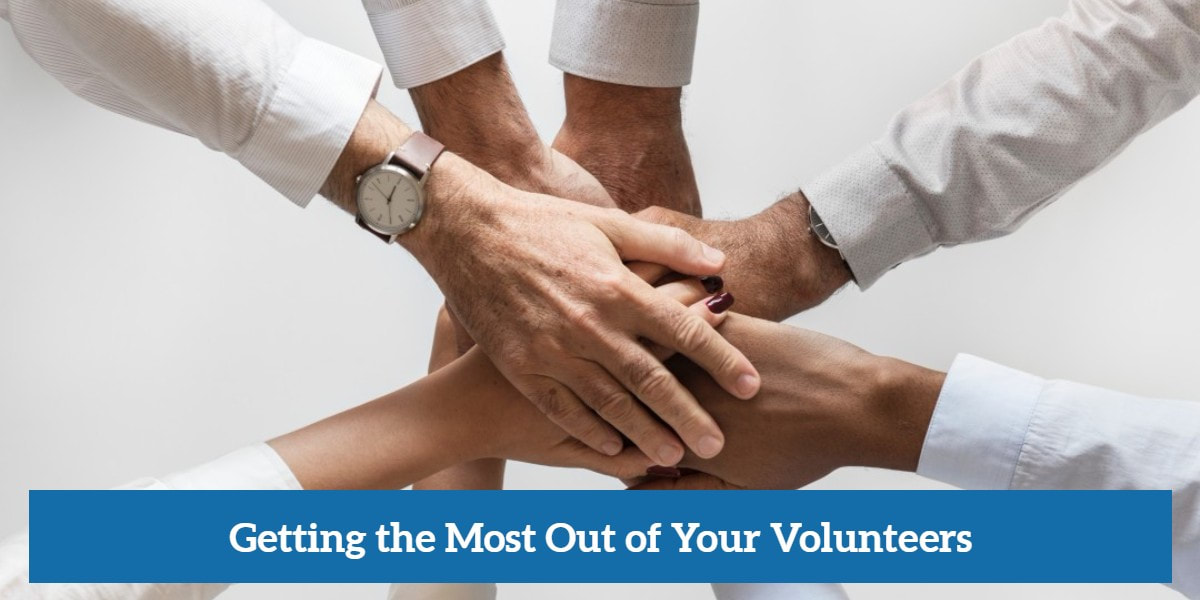





 RSS Feed
RSS Feed